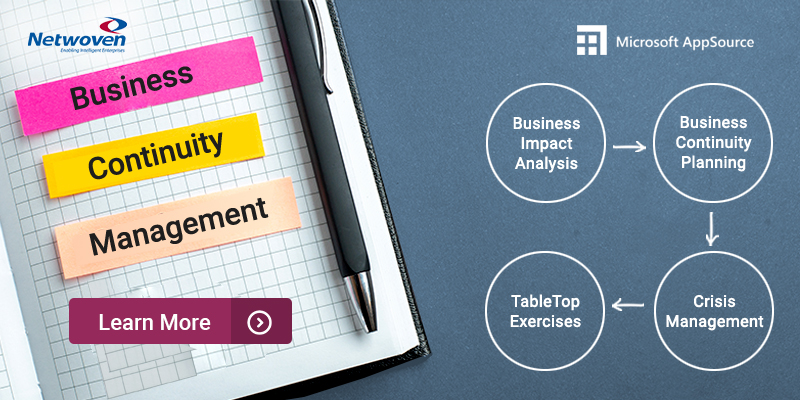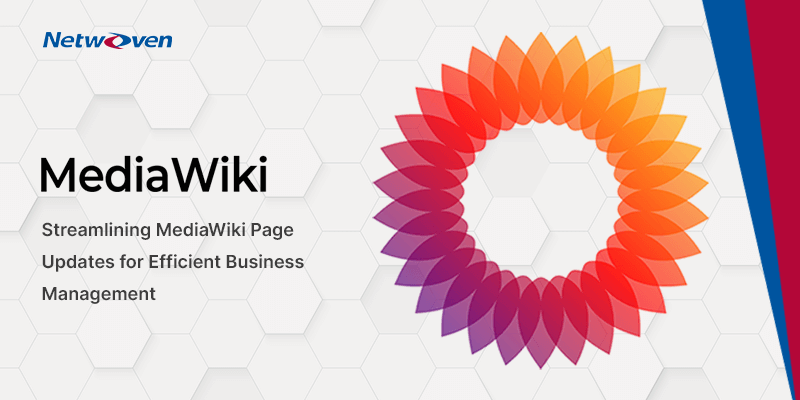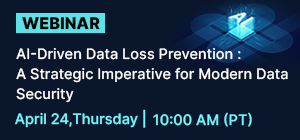Business Continuity Management – An Introduction
A Gartner report states that 90 percent of companies that experience data loss go out of business within two years. A study by the University of Minnesota finds that 93 percent of companies that lose critical systems for more than 10 days quickly file for bankruptcy. That is why organizations require a critical process involving strategic planning for them to maintain business functions and quickly resume after the occurrence of critical disruptions. Business Continuity Management (BCM) ensures an organization sustains its day-to-day operations, during and after the disaster by identifying the possibilities of potential incidents that could happen in the future and creating a response system that mitigates the damage before they occur.

Key Functions
- Preventing, preparing for, and responding to a disruption
- Reducing or mitigating disruption of operations
- Achieving a timely and orderly recovery from disruption with minimal customer impact
- Protecting equipment, records, and other assets
- Ensuring the safety and well-being of employees, contractors, and visitors
You may also like: Business Continuity Management
Policies & Scope
Business Continuity Management starts with policies that define details like the scope of the BCM program, key parties involved and structure of the program management. It consists of listing the stakeholders accountable for the formation and modification of the BCM plan specification list and identifying the team responsible for execution. The scope of the BCM plan defines important choices such as what should be the plan’s focus- whether keeping applications operational, data accessible, employees & locations safe or products/services available. This offers the stakeholders a clear idea about what is being covered by the BCM plan- the revenue-generating sections, external-facing aspects, or other subsets of the business.
Components of an Effective BCM Strategy
Incident Identification
Outlining what constitutes as an incident is a fundamental and important part of the BCM plan. Incident description and specifics such as who or what can be triggered in the event of an incident should be articulated precisely in the policy records. Those triggers must initiate the implementation of the BCM plan as it is specified and initiate action by the team.
Risk Assessment & Business Impact Analysis (BIA)
An integral part of a BCM plan is to create Threat & Risk Assessment and Business Impact Analysis to identify the range of potential risks such as competition, market fluxes, natural calamities, and non-compliance, that could impact business operations. The next step is the organization must envision the chances of each crisis occurring and the potential business impact of each incident. Finally, after the risks have been identified and categorized, the organization must define what its threat resilience is for each latency. This is the stage where potential solutions are determined and assessed. This evaluation helps the organization decide which risks must be addressed as top priority.
Risk Assessment
Identification of and articulation of each potential risk in detail is the first step, and it must highlight the following-
- Rapidity and ability of the organization to react to threats when there is a BCM plan
- Fluctuations in consumer behavior
- Market unpredictability
- The impact of loss of life
Business Impact Analysis (BIA)
Business Impact Analysis is crucial to business recovery in the occurrence of a disaster. as it identifies the effects of an abrupt and unpredicted loss of business operations (usually with respect to cost to the business). It also categorizes the most crucial functions in the business allowing the management to construct a BCM plan that focuses on the recovery of these vital functions.
Business Impact Analysis contains the following parts:
- Impact on business to identify the vital business functions (based on cost to the business)
- Dependencies to determine the reliance between the systems and business processes
- Timeline to assess the recovery time to bring the process back to normal operations
Implementation and Training
Training sessions for all employees with roles assigned in business continuity and incident response processes.
Communication Plan
Crisis communication plays a vital part in an effective BCM plan as it ensures the availability of processes for interfacing with multiple stakeholders such as customers, senior management, employees, partners, vendors, etc. The modes of communication will differ based on the audience and urgency, but the information should always be based on a single source.
Validation and Testing
Potential risks and their business impacts must be constantly observed, evaluated, and verified. The mitigation plans also must be assessed to make sure they are effective and seamless.
To know more, give us a call on (877) 638 9683 or email us at info@netwoven.com
To learn more about our BCM services, download the datasheet.























Hi,
Thanks for sharing, it was informative. We play a small role in upskilling people providing the latest tech courses.
Join us to upgrade on Adobe Training